In the world of corporate finance, few decisions are as closely scrutinized as those surrounding dividend payouts and stock buybacks. Companies face a constant balancing act when determining how to allocate excess cash, weighing shareholder expectations against long-term growth objectives. The choice between distributing dividends and repurchasing shares often reveals deeper insights into a company's financial health, strategic priorities, and management philosophy.
Dividends represent the traditional approach to returning capital to shareholders, offering investors predictable income streams. Many established corporations view regular dividend payments as a sacred commitment, something akin to a financial covenant with their investor base. The psychological impact of consistent dividends shouldn't be underestimated - they signal stability and confidence in future earnings. Companies operating in mature industries with steady cash flows often gravitate toward dividend policies, as their business models generate more cash than needed for reinvestment.
Stock buybacks have gained prominence as an alternative mechanism for returning value to shareholders, particularly among technology firms and growth-oriented companies. Unlike dividends that create an ongoing payment expectation, share repurchases offer flexibility - companies can adjust buyback programs according to cash flow fluctuations without facing the same market backlash as dividend cuts. When executed strategically, buybacks can enhance earnings per share by reducing the number of outstanding shares, potentially boosting stock prices. This approach appeals to executives focused on shareholder value creation through capital appreciation rather than income generation.
The tax treatment of dividends versus capital gains often influences corporate decisions regarding cash distribution methods. In many jurisdictions, capital gains from share price appreciation (including that driven by buybacks) receive more favorable tax treatment than dividend income. This consideration becomes particularly relevant for companies with significant institutional ownership or when catering to tax-sensitive investors. The evolving regulatory landscape surrounding buybacks adds another layer of complexity, as governments occasionally propose restrictions or additional taxes on repurchase programs.
Market conditions and stock valuation frequently dictate the timing and method of capital return. Management teams often accelerate buybacks when they perceive their stock as undervalued, viewing repurchases as an investment in the company itself. Conversely, during periods of market euphoria when share prices appear inflated, companies might prefer special dividends over buybacks. The cyclical nature of certain industries also plays into this calculus - commodity-based businesses might favor variable dividend policies tied to earnings, while more stable sectors can maintain consistent payouts.
Corporate governance considerations increasingly shape dividend and buyback policies. Activist investors often push for higher capital returns, sometimes forcing companies to choose between dividends and buybacks as defensive measures. The rise of environmental, social, and governance (ESG) investing has introduced new dynamics, with some shareholders preferring retained earnings for sustainable initiatives over immediate cash returns. These competing pressures require careful navigation by boards of directors attempting to balance short-term shareholder demands with long-term value creation.
The capital structure of a company significantly influences its distribution decisions. Firms with higher leverage might prioritize debt reduction over shareholder payouts, while those with strong balance sheets face less restrictive choices. The cost of capital becomes a crucial factor - when interest rates are low, companies might prefer funding buybacks through debt issuance, creating a form of leverage that can amplify returns. This strategy carries risks, as seen when companies with debt-fueled buyback programs face distress during economic downturns.
Psychological factors and signaling effects play an underappreciated role in these decisions. Dividend initiations or increases often get interpreted as management's confidence in sustainable earnings growth, while unexpected cuts can trigger severe market reactions. Buybacks send different signals - they might indicate that leadership views the stock as undervalued, or alternatively, that the company lacks attractive reinvestment opportunities. The market's interpretation of these actions can significantly impact investor perception and stock performance beyond the immediate financial effects.
Global variations in dividend and buyback preferences reveal cultural and regulatory differences. European companies traditionally favor dividends more than their U.S. counterparts, while Asian firms often prefer retaining earnings for growth opportunities. These regional tendencies reflect differing shareholder bases, tax regimes, and corporate governance norms. Multinational corporations must navigate these variations when setting policies that satisfy diverse investor constituencies across different markets.
The evolution of investor demographics is reshaping corporate payout policies. As baby boomers (who often prefer dividend income) represent a shrinking portion of the investor base, while millennials (more focused on growth) become increasingly important, companies may adjust their capital return strategies accordingly. The growing influence of passive investing through index funds adds another dimension, as these investors typically favor total return over specific payout methods.
Technological disruption and industry transformation are forcing companies to reevaluate traditional approaches to capital distribution. Firms facing existential threats from digital transformation often conserve cash for reinvention rather than returning it to shareholders. Meanwhile, cash-rich tech giants face pressure to return mounting war chests to investors rather than hoarding capital. These dynamics create tension between maintaining financial flexibility and meeting shareholder expectations for capital returns.
The COVID-19 pandemic provided a stark reminder of how quickly circumstances can change, forcing many companies to suspend buybacks and cut dividends to preserve liquidity. This experience has led some firms to reconsider automatic payout policies in favor of more flexible approaches. The post-pandemic environment sees companies building larger cash buffers while facing investor pressure to restore pre-crisis payout levels, creating new challenges in capital allocation decisions.
Looking ahead, the debate between dividends and buybacks will likely intensify as companies navigate economic uncertainty, changing tax policies, and evolving shareholder expectations. The optimal approach varies by company, industry, and economic climate, requiring nuanced consideration of financial position, growth prospects, and investor base. What remains constant is the fundamental question all companies must answer: how best to allocate capital to maximize long-term value creation while maintaining shareholder confidence.
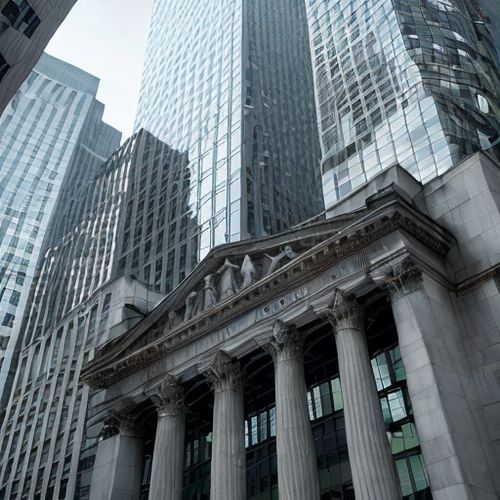
By Samuel Cooper/Apr 10, 2025

By Grace Cox/Apr 10, 2025
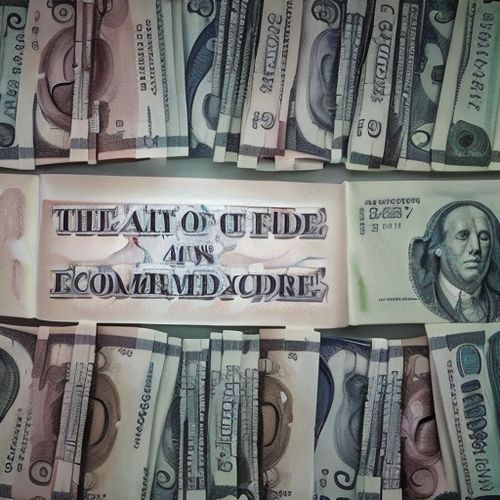
By Emily Johnson/Apr 10, 2025
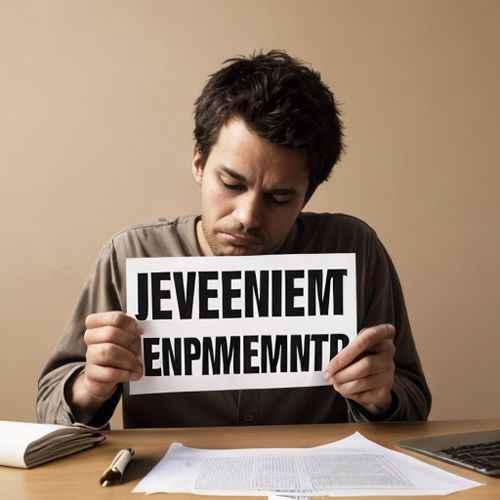
By John Smith/Apr 10, 2025
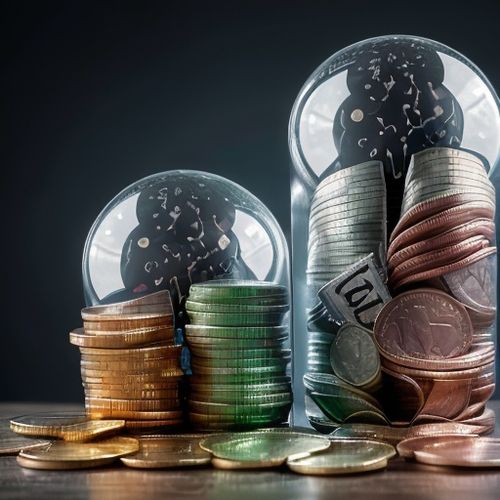
By Ryan Martin/Apr 10, 2025
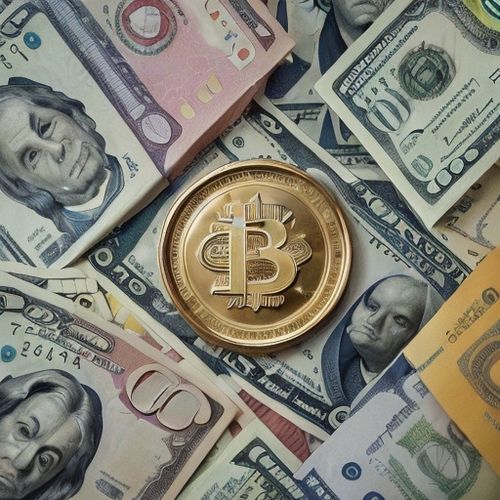
By Ryan Martin/Apr 10, 2025
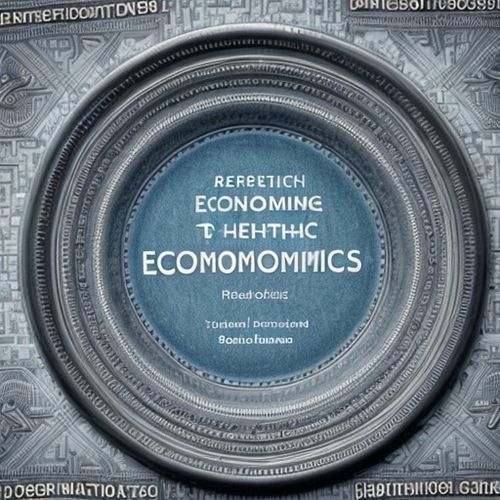
By Joshua Howard/Apr 10, 2025
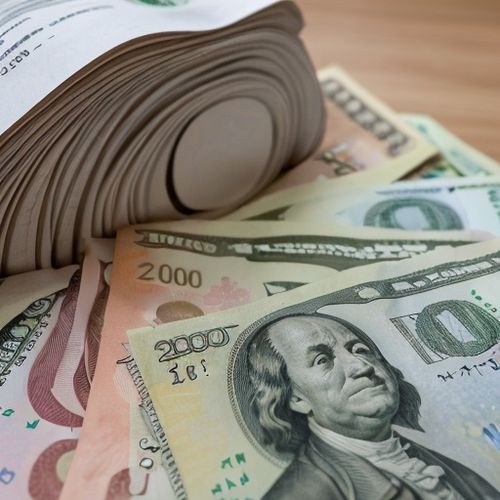
By Eric Ward/Apr 10, 2025
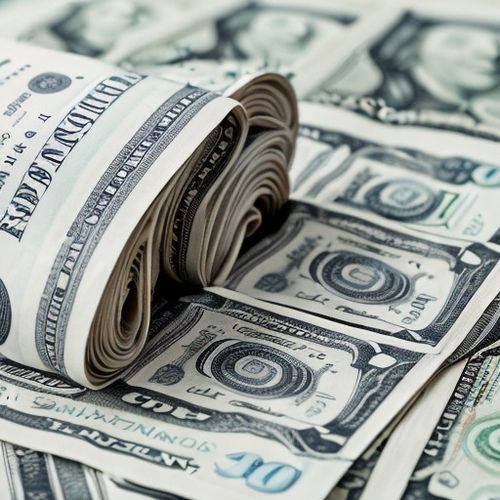
By Christopher Harris/Apr 10, 2025
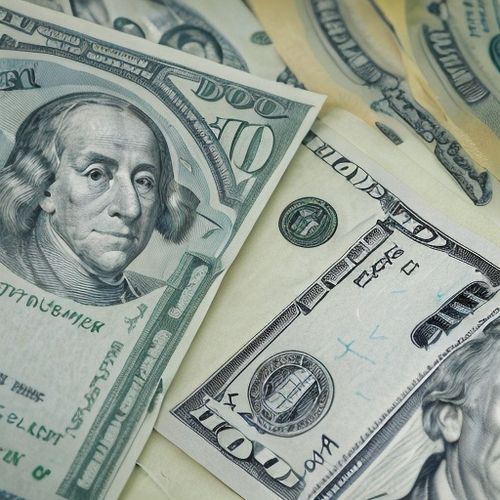
By Sophia Lewis/Apr 10, 2025

By George Bailey/Apr 10, 2025

By Michael Brown/Apr 10, 2025
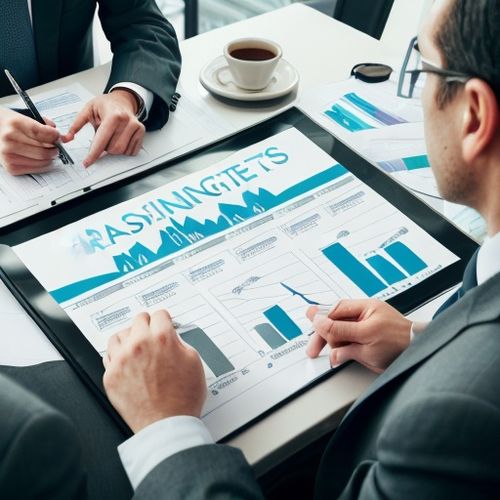
By Joshua Howard/Apr 10, 2025
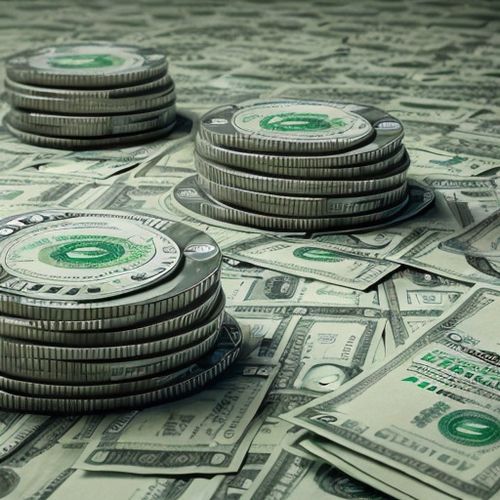
By Lily Simpson/Apr 10, 2025
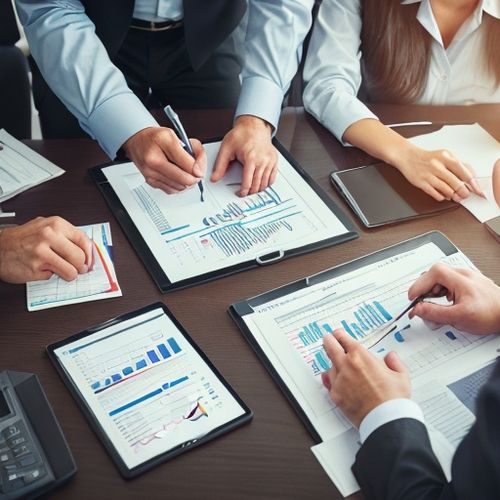
By Emma Thompson/Apr 10, 2025

By William Miller/Apr 10, 2025
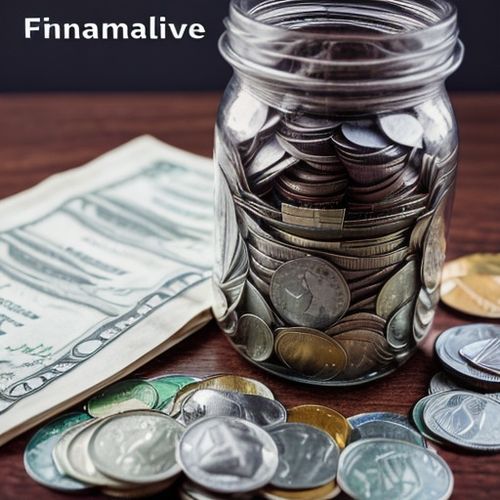
By Samuel Cooper/Apr 10, 2025
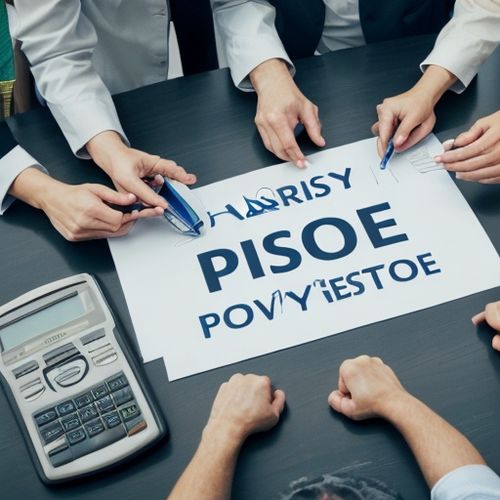
By George Bailey/Apr 10, 2025